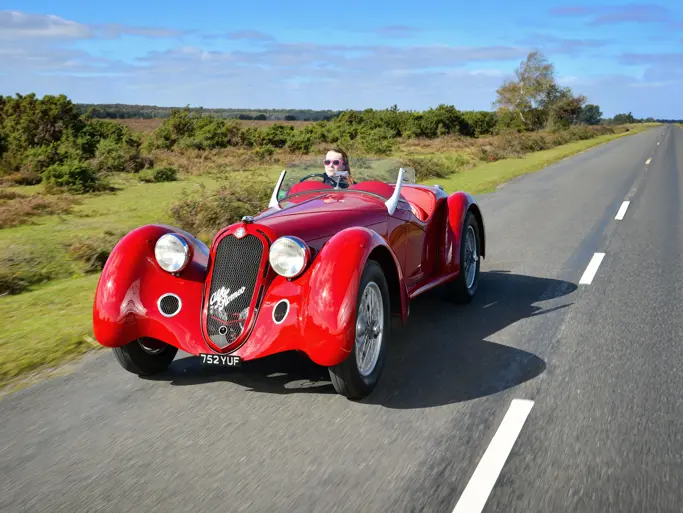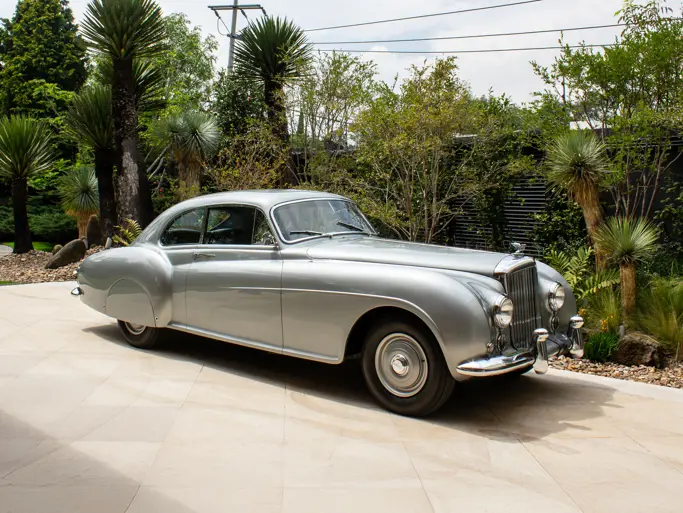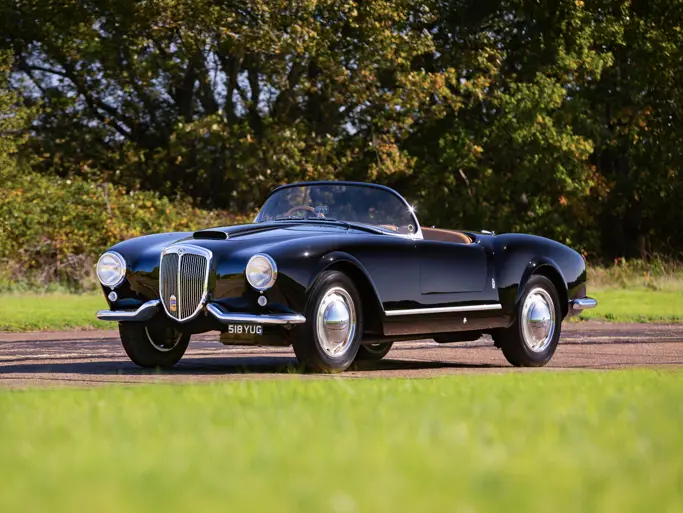While all Ford wood-bodied cars are popular, the most celebrated of all are surely the Sportsman Convertibles. With the postwar renewal of civilian automobile production, Ford’s dashing Sportsman Convertible was a low-volume image leader for the company. For 1947, model-year Sportsman production reached only a reported 2,274 units, one-tenth the volume of the more conventional, steel-bodied Super Deluxe Convertible. Although the Sportsman remained in production for the early part of the 1948 model year, except for their chassis numbers, those early ’48s were identical to 1947s. The last Sportsman built, for example, does not have the new ignition lock that was the principal differentiator for the 1948 models. By the end of October 1947, Sportsman production had ended for good.
Ford’s most interesting models often evolved from special cars built for the Ford family members. There was the Lincoln Continental, of course, which was born from a one-off custom built for Edsel Ford to drive in Florida. Then there was a certain wood-bodied Model A Roadster, which was used by Henry Ford II to drive to the beach on Long Island.
After World War II, “Hank the Deuce” had Bob Gregorie, who had designed the original, draw up a 1946 version with the help of his head illustrator, Ross Cousins. A wood-bodied convertible was thought to be just the thing to draw customers away from Plymouth and Chevrolet dealers; while few would be sold, their ability to get customers in the door would be priceless. Thus, the Sportsman was born.
Sportsmans were built at Ford’s Iron Mountain body plant in Michigan, using standard convertible bodies that were fitted with sedan delivery fenders and taillights. The bodies were beautifully built and crafted of the finest maple, birch and mahogany reaped from Iron Mountain’s rich forests, with each maple piece carved from solid wood. The seats were upholstered in genuine leather facings in tan or red and included French stitching. The front floor mats had color-keyed carpet inserts and power windows and top were standard.
The period following World War II gave rise to one of the more interesting phenomena in the automotive world: the wood-bodied passenger cars. “Woodies,” of course, were initially station wagons and essentially utilitarian vehicles, sometimes part of the maker’s commercial line. By the late 1930s, however, wood had acquired cachet, and even upscale manufacturers like Packard and Chrysler were cataloging station wagons, although Ford retained the undisputed lead in the market. The Super Deluxe Sportsman was the highest priced choice amongst the entire Ford line in 1947, some $300 greater than the similarly crafted “woodie” Super Deluxe Station Wagon.
The car featured youthful styling and was exciting to drive by having a quick getaway and flashing performance from its 239-cid, 100-hp flathead V-8 engine. Shifting through the gears of the manual transmission was easy and smooth; achieving respectable touring speeds while having speed flexibility and handling ease.
Presented in Pheasant Red with the distinctive and attractive wood panels and framing; the Sportsman displays a maroon-toned interior and a rich and complementary tan canvas soft-top with matching boot cover. Among the equipment and features found on this outstanding example are the optional cabin heater, power windows, bumper guards, dual side view mirrors, factory Ford-script spotlight, amber foglights, sunvisors, clock, AM radio, Firestone wide whitewall tires and color-keyed steel wheels with factory “dog dish” style hubcaps. There is a matching spare in the well-presented trunk along with the jack mechanism. This represents an excellent opportunity to acquire a wonderful example of the 1947 Ford Sportsman Super Deluxe Convertible; it is the essence of the legendary Ford Sportsman, presented in exceptional condition.

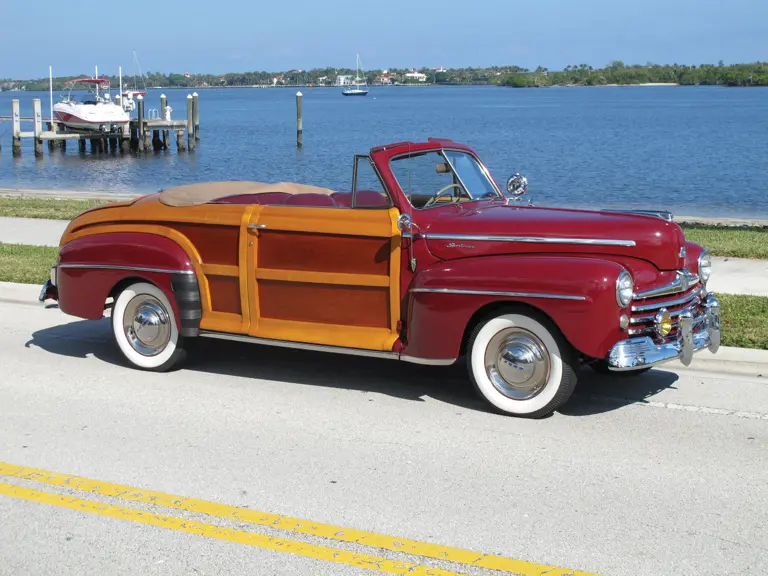
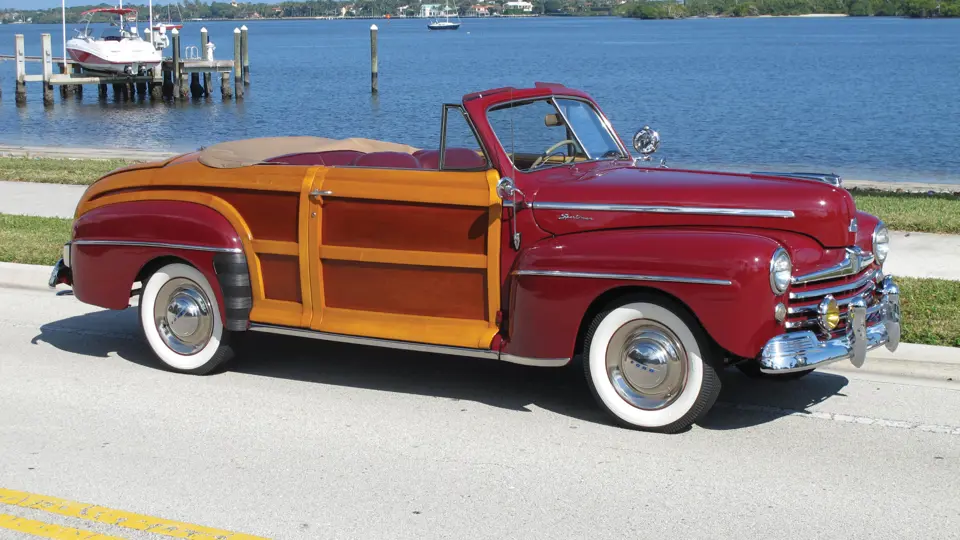
 | Fort Lauderdale, Florida
| Fort Lauderdale, Florida
